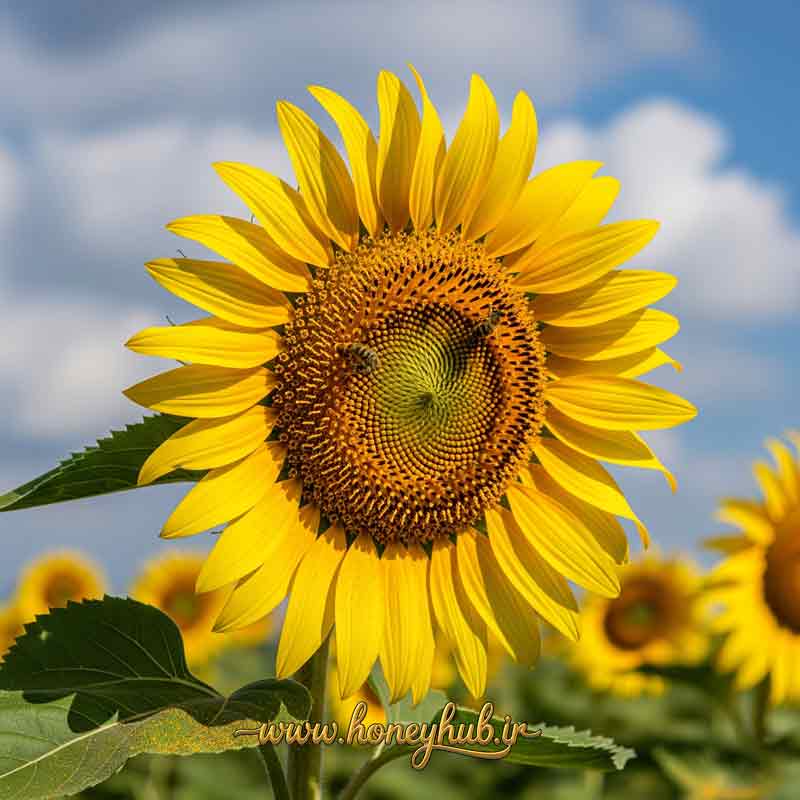Search in blog
Blog categories
Popular posts

Honey and Diabetes: From Molecular Mechanisms to Clinical Consumption Protocols
2022-04-10
14116 views 4522 Liked
A comprehensive scientific review of honey's role in diabetes management. From its effects on cellular pathways and...
Read more
Honeyhub: Leading Provider of Natural Honey Products in Iran 2022-03-30
Posted in: News and announcements
9242 views 1251 Liked
Honey Hub is a leading supplier of natural bee products in Iran. We offer a wide range of bee products, as well as...
Read more
The Amazing Composition of Raw Honey | Why Are Honey Enzymes Important?
2022-04-11
7834 views 1459 Liked
Raw honey is a combination of amazing nutrients that also includes multiple enzymes. These enzymes play an important...
Read more
Everything you need to know about honey
2022-04-15
7427 views 3207 Liked
Honey is a natural and healthy food that has many health benefits. In this post, we will give you complete and...
Read more
Royal Jelly: A Science-Backed Guide to Benefits, Dosage, and Side Effects (2025)
2022-04-15
7393 views 3112 Liked
Discover the potent superfood that creates queen bees. This complete guide explores royal jelly's science-backed...
Read moreFeatured posts

The Secret to Perfect Stretchy Mozzarella: A Scientific Guide for Pizza Lovers
Does your mozzarella refuse to stretch or just burn? The secret is science. From "pasta filata" to the crucial role...
Read more
French Carrot Salad | Authentic Recipe and Pro Tips for the Best Salad 2025-09-17
Posted in: Life Style
214 views 2 Liked
French Carrot Salad (Carottes Râpées) is a healthy and delicious appetizer that prepares in under 15 minutes. This...
Read more
Humans and Seasons: The Impact of Seasonal Changes on Health, Mind, and Natural Living
2025-09-01
294 views 2 Liked
Did you know seasonal changes affect your health, mood, and even your genes? Discover how to sync with nature and use...
Read more
The Dunning-Kruger Effect: When Ignorance Masquerades as Confidence 2025-08-29
Posted in: Life Style
221 views 2 Liked
What is the Dunning-Kruger effect? Learn how this psychological phenomenon impacts our lives, from personal...
Read more
Sunflower Honey: Benefits, Properties, and a Complete Guide by an Expert 2025-08-18
Posted in: Types of Honey
239 views 8 Liked
Learn about the unique properties of sunflower honey, its health benefits, rich history, and how to identify pure,...
Read more




Latest comments